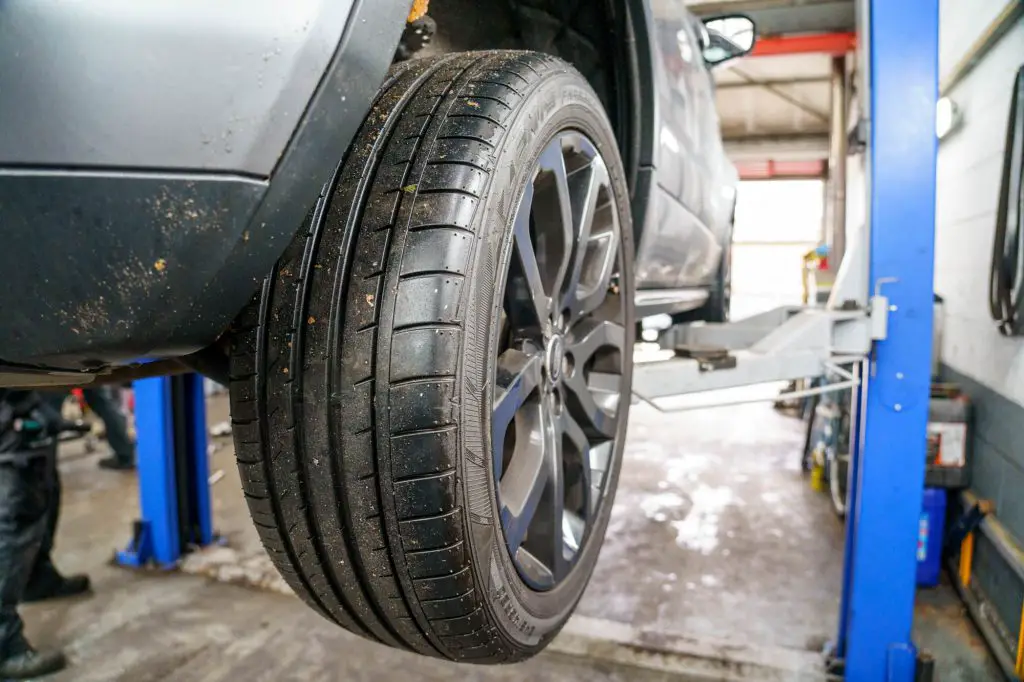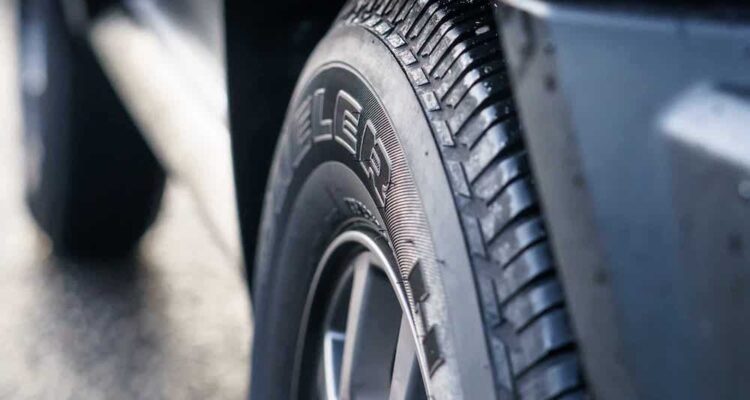Experiencing a flat tire while driving can be a stressful and potentially dangerous situation. However, knowing how to handle this common road emergency can make all the difference in ensuring your safety and minimizing damage to your vehicle.
Recognizing a Flat Tire
The first step in safely handling a flat tire is recognizing that you have one. Signs of a flat tire while driving include:
- A thumping or flapping sound
- Vibration in the steering wheel or seat
- The vehicle pulling to one side
- A feeling of driving on a flat surface
It’s important to distinguish between a flat tire and a blowout. A flat tire typically deflates gradually, while a blowout is sudden and more dramatic. The response to each can be slightly different, with a blowout requiring more immediate action.
Immediate Actions
Once you realize you have a flat tire, it’s crucial to remain calm and avoid any sudden movements. An injury lawyer relayed that panic reactions like slamming on the brakes or jerking the steering wheel can lead to loss of control, especially at high speeds and potentially an accident.
Instead:
- Turn on your hazard lights to alert other drivers
- Gradually take your foot off the gas pedal to slow down
- Resist the urge to brake suddenly

Safely Moving to the Side of the Road
Your primary goal is to get your vehicle safely off the road. Look for a flat, straight stretch of road with a wide shoulder. If you’re on a highway, try to make it to the next exit if possible.
- Use your turn signals to indicate your intention to pull over
- Slowly and smoothly steer your vehicle towards the side of the road
- Allow the car to slow down naturally, using gentle brake pressure if necessary
- If you’re on a busy highway, the right shoulder is usually safer, but use your judgment based on your specific situation
Once Stopped
After you’ve safely pulled over:
- Turn off your engine
- Engage the parking brake
- Turn your wheels away from the road if you’re on an incline
- If you have them, set up reflective triangles or flares behind your vehicle to warn approaching traffic
Assessing the Situation
Now that you’re safely off the road, it’s time to assess your options:
- Determine if it’s safe to change the tire yourself. Consider factors like traffic, weather, and your location.
- Check if you have a spare tire and the necessary tools (jack, lug wrench).
- Evaluate your own ability and comfort level with changing a tire.
- Decide whether it’s better to call for professional help, such as a tow truck or roadside assistance.
If Deciding to Drive on the Flat
In some situations, it might be necessary to drive a short distance on a flat tire. This should be a last resort, as it can cause significant damage to your wheel. If you must drive on a flat:
- Drive very slowly, no more than 15-20 mph
- Keep the distance as short as possible
- Be prepared for reduced control and longer stopping distances
- Be aware that you’re risking damage to your wheel rim
Changing the Tire (Brief Overview)
If you decide to change the tire yourself:
- Consult your vehicle’s manual for specific instructions
- Loosen the lug nuts slightly before jacking up the car
- Place the jack in the correct lifting point (refer to your manual)
- Raise the vehicle until the flat tire is off the ground
- Remove the lug nuts and the flat tire
- Mount the spare tire and replace the lug nuts, tightening them by hand
- Lower the vehicle and fully tighten the lug nuts in a star pattern
After Changing the Tire
Once you’ve successfully changed the tire:
- Double-check that all lug nuts are tight
- Check the pressure in your spare tire. Many compact spares (often called “donuts”) require higher pressure than regular tires
- Remember that most spare tires are designed for temporary use only. They typically have speed and distance limitations (often 50 mph and 50 miles)
When to Seek Professional Help
While it’s useful to know how to change a tire, there are situations where it’s better to call for professional assistance:
- If you’re in an unsafe location, such as a narrow shoulder on a busy highway
- If weather conditions are severe (heavy rain, snow, extreme heat)
- If you lack the necessary tools or a usable spare tire
- If you have multiple flat tires
- If you’re unsure about your ability to change the tire safely
Don’t hesitate to call for help if you’re in doubt. Your safety is more important than the inconvenience of waiting for assistance.
Preventive Measures
The best way to handle a flat tire is to prevent one in the first place:
- Regularly inspect your tires for wear and damage
- Maintain proper tire pressure (check monthly and before long trips)
- Rotate your tires according to your vehicle manufacturer’s recommendations
- Keep an emergency kit in your car, including a properly inflated spare tire, jack, lug wrench, and flashlight
- Familiarize yourself with your vehicle’s tire-changing equipment and process before you need to use it






